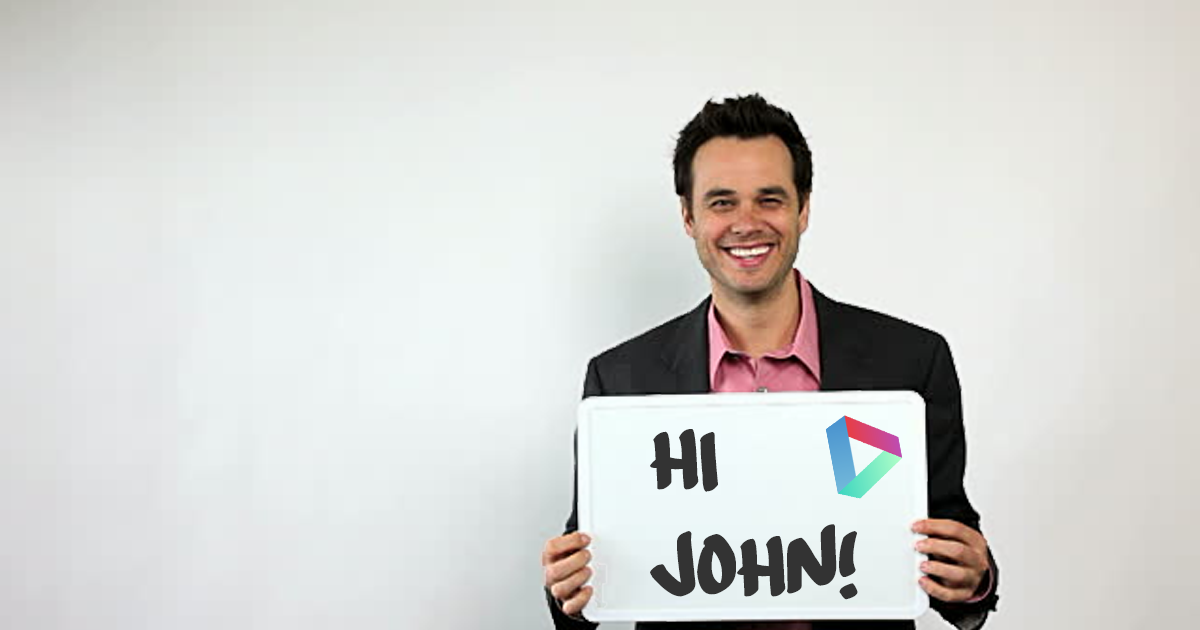How many emails do you send per day trying to sell or advertise something? And approximately how many of those are deleted, you think? (My spam folder overfloweth.) But when someone doesn’t delete – when an email actually catches their eye – what makes them click on it?
If I can take a guess: trust.
Inboxes are noisy. In 2018, 111.1 billion consumer emails were sent and received per day. The number of advertisements, newsletters, sales links that people have to wade through is overwhelming. And these sales-related emails are often deleted because there’s a lack of trust: what if the attached link has a virus? What if this pitch is a scam? What if I click once and get added to 20 more newsletter lists?!
This means that trust between the company and the consumer is key to making your email stand out. A tried-and-true method for building trust is personalized email content using a “whiteboard”.
Marketers can personalize videos for consumers by holding a literal whiteboard with the name of whomever they’re reaching out to. It’s charming, it’s quick, and it makes the consumer feel special – like the marketer is talking specifically to them, instead of mass-emailing people. When the sender makes an effort to show, “I’ve made this for you”, it removes the defenses.
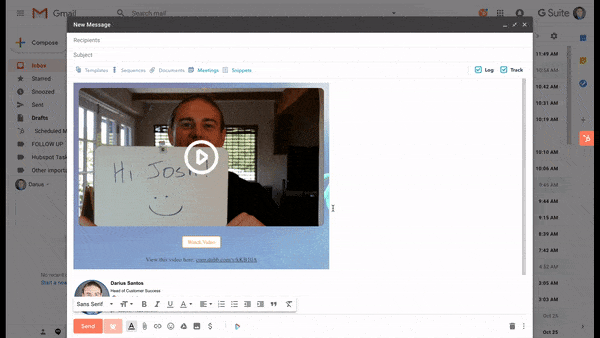
There’s a problem, though: the whiteboard method is outdated.
Holding up a whiteboard for a few seconds at the beginning of a video doesn’t really mean it’s customized to that recipient: after the first three seconds, their name or company isn’t mentioned again. It becomes like all the other mass-emailed sales videos. Because the whiteboard has their name, it feels like personalization, but that angle could be a lot stronger.
And not to hate but – a whiteboard and dry erase markers? Really? It’s 2019: we can be a lot more digital.
Dubb’s personalization feature lets you overlay text and emoji on video. The text can be customized and changed to specifically speak to individual consumers. You won’t need to hold up a whiteboard for a few seconds because the text will follow and change throughout the message.
The whiteboard method is not part of the entire experience – but personalization shouldn’t just disappear. With Dubb, the overlaid and customized text is present in the email subject line, email body, thumbnail, and throughout the video.
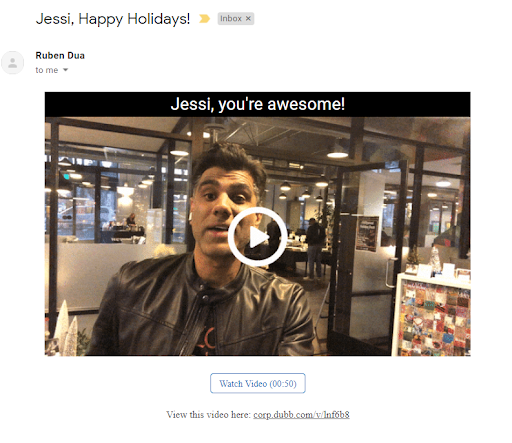
When a recipient sees their name in the subject line – or when the email is somehow personalized to them – they are 26% more likely to open the email. And after opening, the personalization further results in a 41% greater click-through rate. And when the video itself is personalized to the viewer: there’s a 20% increase in sales likelihood (according to marketers who use personalized videos).
So a whiteboard method may increase the likelihood of an email opening, but it doesn’t give the full personalization experience that leads to greater click-through rates and sales.

But Dubb does.
Imagine you walk into a restaurant and the cook says, “Hey [your name], good to see you! I made something just for you today.” You probably feel pretty darn special. Then the cook brings over the same dish that everyone around you is eating – there’s nothing different. That’s similar to how it feels when the personalization is only at the beginning of an experience.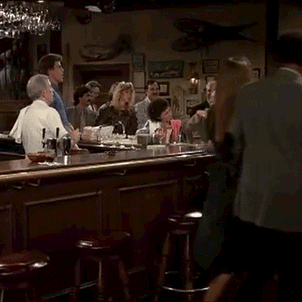
Now let’s say you walk into a restaurant and the cook greets you by name, and they say they’ve made something just for you. And the dish they bring out is tailored to your likes. And the waiter drew funny cartoons on your napkin. And the cook asks how your dog is. And you leave the restaurant feeling like the people there really know you. That’s the full personalization experience.
Dubb’s personalization feature allows the individualized customization to stay with the viewer throughout the experience and uses updated, modern methods that appeal to the digital generations (obviously that includes emoji ). The videos are easily created on your phone from anywhere; then they can be personalized for each person, customized for a group, and sent immediately. Viewers can react to videos using emoji, and the interaction increases the feeling of customization. Marketers can set up an email outbound campaign or broadcast without losing personalization (and without having to write a new dry erase whiteboard message for each video).
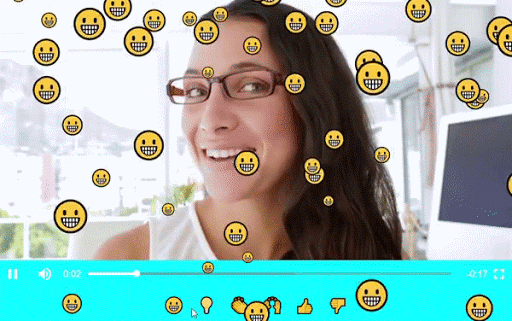
Avoid sending emails that go directly to spam. Whiteboards are quick and quirky, but they don’t leave the long-lasting impression that leads to click-throughs or sales. A personalized experience means that the consumer can trust you. They want to see behind the curtain and feel like their individual needs are being considered. By overlaying text directly on video, Dubb makes the consumer feel cared for, using tools they’re familiar with, throughout the entire presentation.
So, why are you still using a whiteboard?

